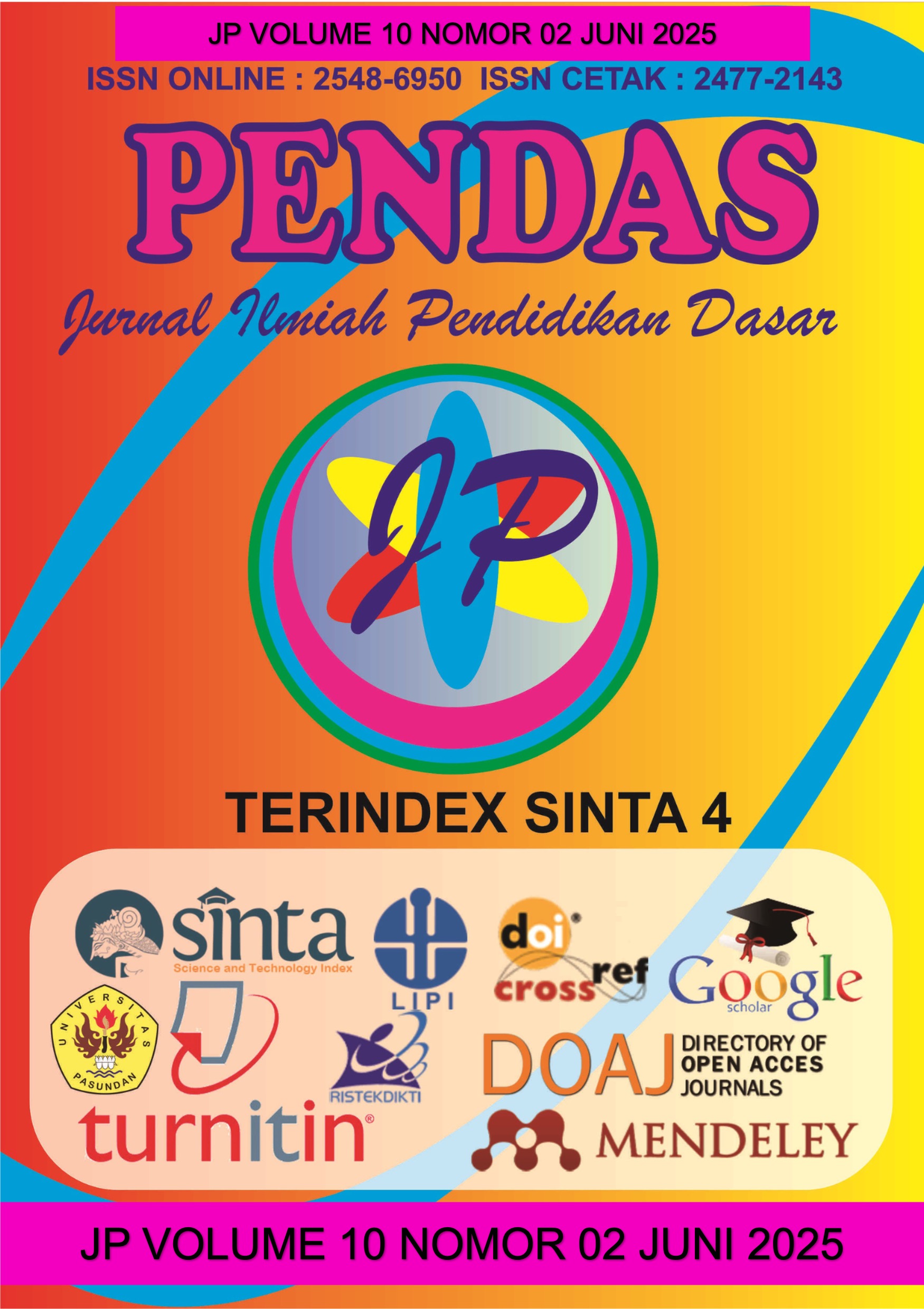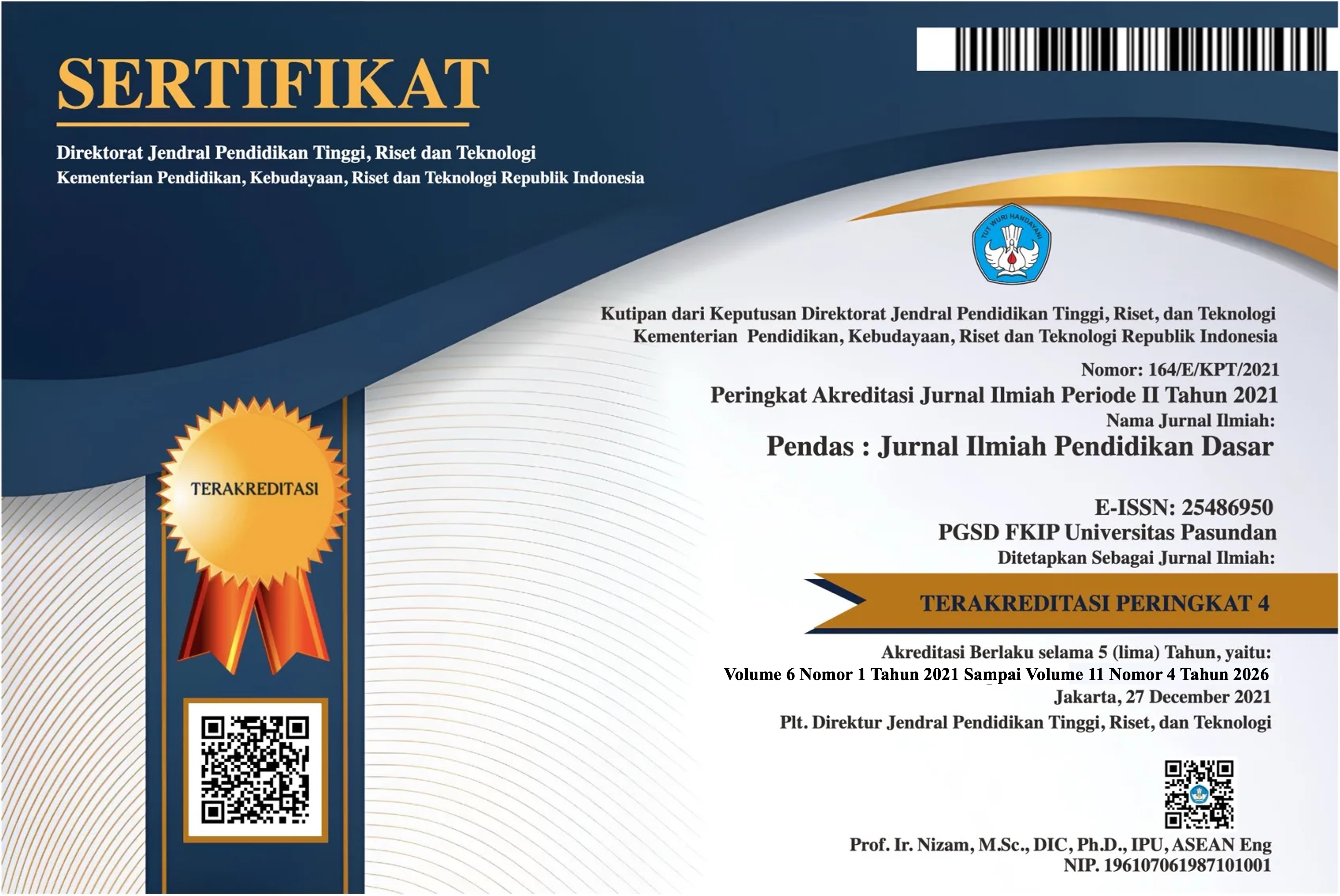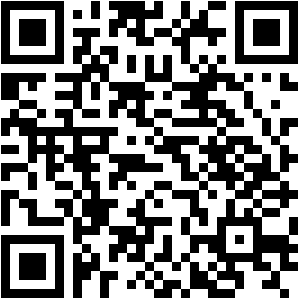HUBUNGAN MODEL PEMBELAJARAN FLIPPED CLASSROOM DENGAN KEAKTIFAN BELAJAR SISWA MATERI SISTEM PENCERNAAN DI KELAS V SD
DOI:
https://doi.org/10.23969/jp.v10i02.29868Keywords:
Flipped Classroom, Keaktifan Belajar, Sistem PencernaanAbstract
This study aims to examine the relationship between the Flipped Classroom learning model and student learning engagement in the digestive system topic among fifth- grade students at UPT SDN 11 Padang Ganting. Using a quantitative approach, this correlational study analyzes the relationship between two variables. The sampling technique employed was total sampling, involving all 21 fifth-grade studentsl. Validity and reliability tests confirmed that all items were valid and reliable. The Pearson product-moment correlation test showed a p-value (Sig. 2-tailed) of 0.020, which is less than 0.05. This indicates sufficient statistical evidence to support the existence of a relationship between the flipped classroom model and student engagement. The correlation coefficient was 0.502, indicating a moderately strong positive relationship. This suggests that the more effectively the Flipped Classroom model is implemented, the higher the level of student engagement. In conclusion, the study found a moderately strong relationship between the Flipped Classroom learning model and student engagement in learning about the digestive system among fifth-grade students at UPT SDN 11 Padang Ganting.
Downloads
References
Adawiyah, F. D. Hubungan Model Pembelajaran Picture and Picture dengan Keaktifan Belajar Siswa Materi Pengurangan Kelas 1 MI
Hidayathul Atfhal (Bachelor's thesis).
Bergmann, J., & Sams, A. (2012). Flipp your Classroom Reach Every Student in Every Class Every Day (Fist Edition ed.). United States of America: Library of Congress Catalogingin-Publication Data.
Dimyati dan Mudjiono. (2013). Belajar dan Pembelajaran. Cetakan 5. Jakarta: Rineka Cipta.
Fathurrohman, M. (2015). Model- model
pembelajaran. Jogjakarta: Ar- ruzz media.
Hamdan, N., McKnight, P., McKnight, K., & Arfstrom, K. M. (2013). A Review of Flipped Learning. Flipped Learning Network.
Muchlisisn Riadi,
https://www.Kajianpustaka.co m/2020/03/model- pembelajaran-flipped classroom.html, diakses 6
Oktober 2020
Rizkiani, A. D., Hariandi, A., Alirmansyah, A., & Berliana, T.
Z. (2023). Meningkatkan Keaktifan Belajar Siswa Melalui Model Pembelajaran Index Card Match (ICM) Muatan IPA Sekolah Dasar. Jurnal Tonggak Pendidikan Dasar: Jurnal Kajian Teori dan Hasil Pendidikan Dasar, 2(2), 135-
147.
Saefuddin dan Ika. (2014). Pembelajaran Efektif. Bandung: Remaja Rosdakarya.
Sheren Dwi Oktaria, dkk., Model Blended learning Berbasis
Moodle, (Bogor. Halaman Moeka Publishing, 2018, hlm. 1.
Sholeh, M. (2022). ANALISIS DUKUNGAN ORANG TUA DALAM PENDAMPINGAN ANAK SEKOLAH DASAR BELAJAR DI RUMAH PADA MASA PANDEMI COVID-
19 (Doctoral dissertation, universitas jambi).
Taufiq, A., Siantoro, G., & Khamidi, A. (2021). Analisis minat belajar dan motivasi belajar siswa terhadap pembelajarandaring PJOK selama pandemi Coronavirus Disease (COVID- 19) di MAN 1
Lamongan. Jurnal Education and Development, 9(1), 225-
225.
Downloads
Published
Issue
Section
License
Copyright (c) 2025 Pendas : Jurnal Ilmiah Pendidikan Dasar

This work is licensed under a Creative Commons Attribution 4.0 International License.



















